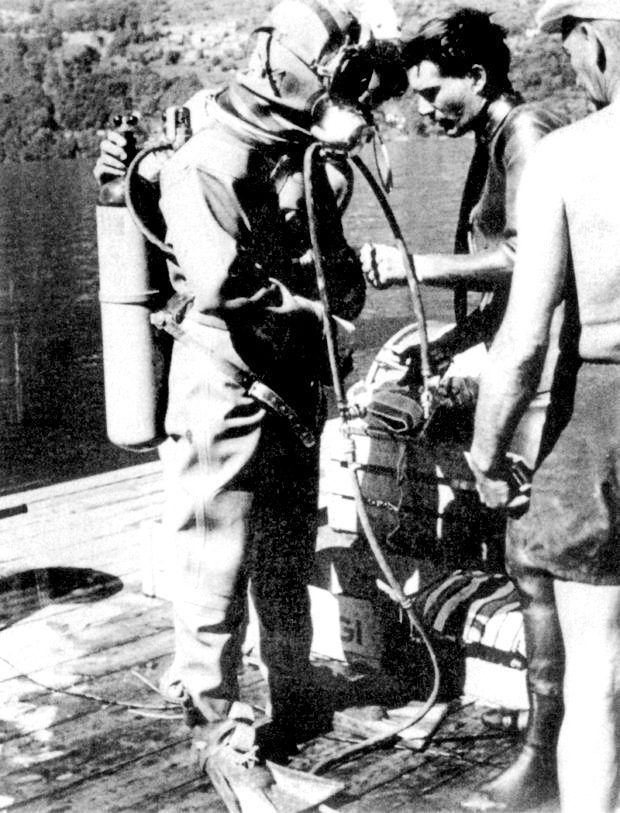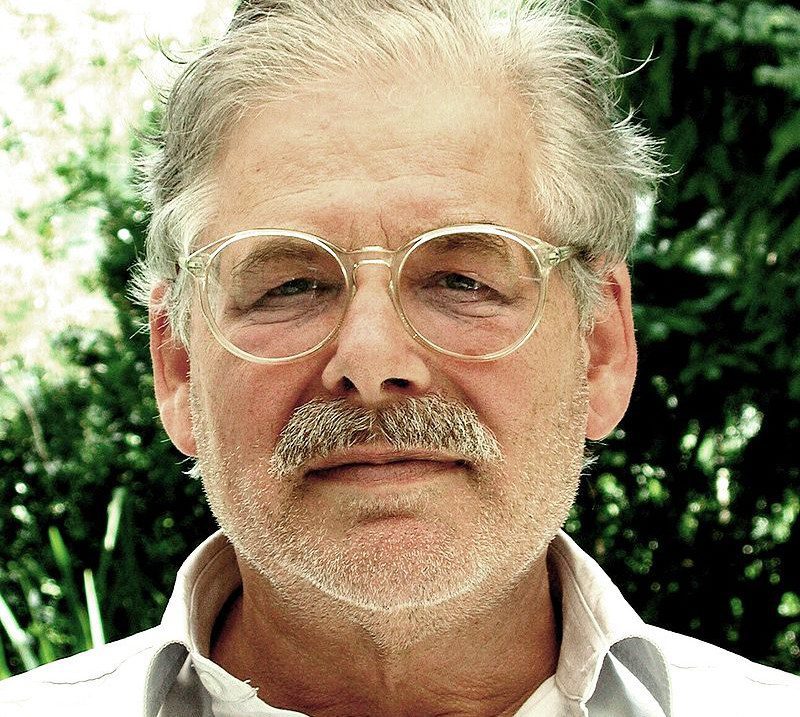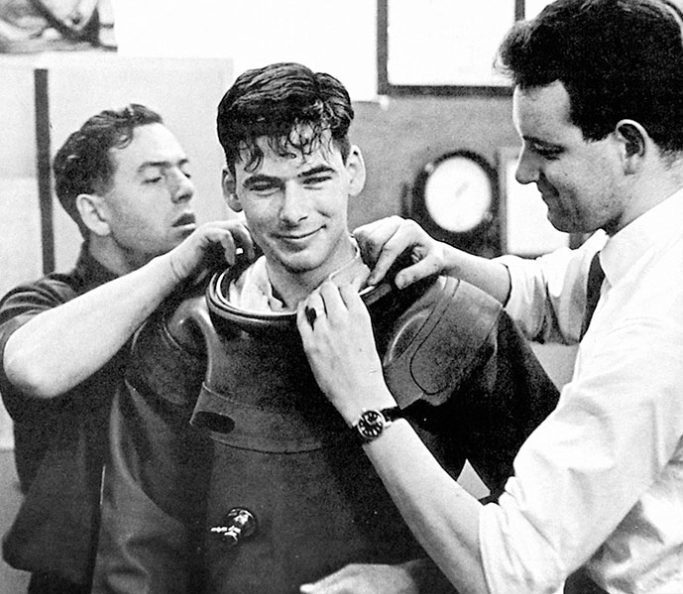Hannes Keller, the first human to survive a 300m-plus descent to the seabed, has died at his home in Niederglatt, Switzerland aged 88.
The deep-diving pioneer’s death came just two days short of 60 years since the famous bell dive took place off California’s Santa Catalina Island, on 3 December, 1962. The descent was not only record-breaking but revolutionary in terms of making deep diving a practical proposition.
Keller was born near Zurich on 20 September, 1934, but became interested in the idea of scuba diving only when he was 25. At this point he constructed his own underwater breathing device but reported that it “worked very bad”.
While studying physics, mathematics and philosophy at the University of Zurich he had met Swiss physician Albert Bühlmann, whose work to develop gas mixes to prevent decompression illness (DCI) in divers lives on in the algorithms used on so many of today’s dive-computers.
The two scientists collaborated to explore a theory that nitrogen narcosis might not be caused by nitrogen. In 1959 Keller tested this on a 122m dive in Lake Zurich, breathing a 95% nitrox mix as he descended in an adapted oil-drum weighted with stones. Resurfacing depended on releasing the stones with the help of a knife and proved to be a struggle, but he survived the experience.

Two years later he succeeded in carrying out an open-circuit descent to 222m in icy Lake Maggiore. He and Bühlmann wanted to demonstrate that secret dive-tables they had developed using the IBM Centre’s computers could support such a descent followed by safe resurfacing in no more than an hour.
Keller and journalist Ken MacLeish wore drysuits and full-face helmets and breathed from stage-mounted gas tanks, starting and finishing with 100% oxygen. Using three mixes from 9m, 50m and 100m they reached the bottom in 7min 30sec and resurfaced within the hour as planned, with no serious ill-effects.
The Atlantis dive
The attempt to pass beyond the 1,000ft (300m) barrier in 1962 was part of a US Navy Experimental Diving Unit programme of experiments into the use of mixed gases on deep dives. It was carried out using the Atlantis diving bell from support ship Eureka, and Keller’s dive-buddy was British journalist Peter Small, co-founder of the British Sub-Aqua Club and also Triton magazine (predecessor of Diver and Divernet).
At the bottom at 311m Keller and Small switched from the gas in the bell to a mix supplied to their helmets and went outside to plant flags on the seabed, though Small got into brief difficulties through entanglement.
Back in the bell and switching back to its mix, the divers expected to lose consciousness on opening their faceplates but then to come round as the bell ascended. However, it seemed that after Small had seen Keller pass out he froze and failed to switch back from his helmet supply.
The bell’s ascent was paused from the surface at 60m because of a suspected leak, and safety divers Dick Anderson and 19-year-old British student Chris Whittaker went down to check. Unable to locate the problem the pair ascended before going back down, even though Whittaker knew that his inflation device was damaged.
Finding that a fin-tip trapped in the bell’s bottom hatch was preventing a proper seal, Anderson decided to stay with the bell. He sent his buddy to report to the surface but Whittaker was never seen again. Keller regained consciousness and tried but was unable to resuscitate Small. The bell was raised, with the Swiss diver suffering no ill-effects.
The risk-laden dive had proved tragic but also momentous for technical divers of the future in terms of managing deep dives. Keller’s depth record stood for 13 years, though in the aftermath of the Atlantis dive he was dubbed “Hannes Killer” in some press reports.
He was also slammed for sharing gas-mix secrets with sponsor Shell Oil but not with the wider scientific community, although the criticism seems to have been unjustified because Buhlmann had in fact published the technical details.
Renaissance man

Keller went on to work developing hyperbaric chambers for navies and hospitals, and also produced dive-suits and watches. Increasingly entrepreneurial, it was the fledgling IT industry that next caught his attention in the 1970s.
By the middle of the decade he was selling his own Sesame line of computers, and later developed some of the earliest spell-checking and language translation software. He also created a mechanical sea monster called Urnie, based in Switzerland’s Urnersee.
Keller joined the advisory board of the Historical Diving Society USA in 2009. In retirement he continued to display his credentials as a Renaissance man, becoming both a fine artist and a concert pianist. For a time he also ran the Visipix online art and photo museum.
“I want to have an interesting life, that’s what I want,” Keller once told support diver Dick Anderson’s wife Hillary Hauser. “I am the man looking for the right mix of all things to get me into the depth of life… so at the end I can say it was worthwhile.”


RIP
That is a name that had sadly faded from my memory. He was without doubt one of the leading icons of the early days of diving. The days of twin hose demand valves, making your own wet suits, underwater torches etc have led to the advancement of equipment. Perhaps the most important bit of kit today is the Dive Computer. A system that he developed so many years ago.
We divers owe him much for his outstanding research and equipment development over the years.
May he Rest in Peace.